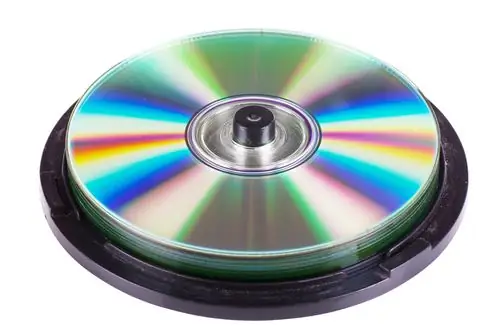It often happens that you have installed some new hardware in the system unit of your computer, and Windows categorically refuses to recognize it correctly and cannot install the appropriate drivers. It's good if you have a CD with drivers from the manufacturer at hand.

Instructions
Step 1
There are at least three easy ways to find out what drivers a new device needs. Please go directly to the official website of the equipment manufacturer. Go to the Support section of each site and look for descriptions, instructions, and the latest drivers for your device. Download them to your hard drive, unpack and install using standard Windows tools. The new equipment should be defined and work.
Step 2
If you do not know the manufacturer of the hardware, use another method to find out what drivers are needed for an unidentified device. To do this, go to Windows Device Manager (My Computer - Properties - Device Manager). Find the unidentified device and open its properties. Click the Details tab and in the Property field select Hardware ID. Of all the lines of text that appear in the field below, copy the first one by right-clicking on it and selecting “Copy. Open your browser and go to the device search site by code: https://devid.info/. In the field “Search, paste the copied line with the code and in the appeared table of the results found, select any driver you like. Download it and install it on the system
Step 3
However, the easiest and most convenient option, which allows you not only to find out what drivers your hardware needs, but also to automatically install or update them, is to use driver installation managers such as DriverPack Solution or SamDrivers. You can download them completely free of charge. And the benefits of using them are obvious: they automatically install drivers for the vast majority of components and, thereby, save you time. In case you suddenly need to roll back the installed drivers, create another system restore point before starting the managers.






